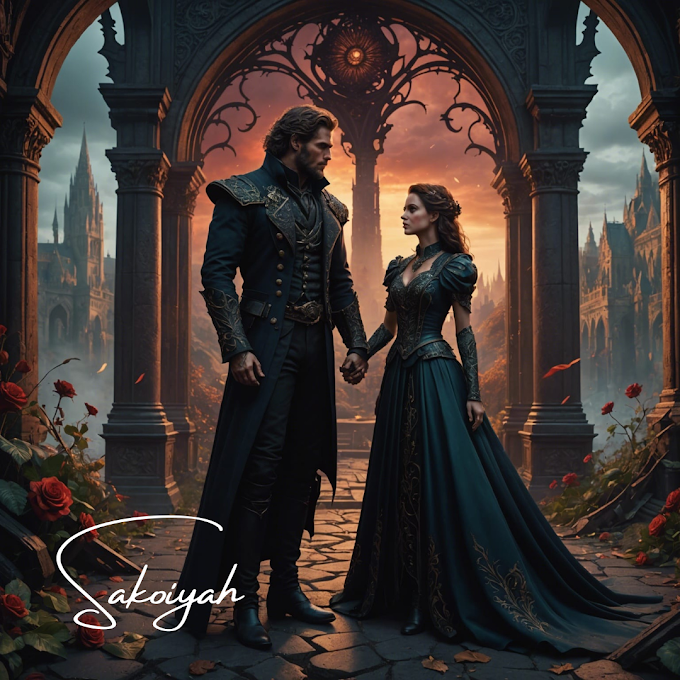Conflict
is vital in creating tension and driving the plot forward in storytelling. From
epic battles to personal struggles, conflicts captivate readers and keep them
engaged. However, a story doesn't necessarily have to dwell solely on turmoil.
Including moments of fun and games after a match can add depth and balance and
even enhance the overall impact of a narrative. Here we will discuss 5 Benefits
of including lightheartedness, playfulness, fun, and games in a story
following an intense conflict.
Emotional Relief and Respite
After a
climactic conflict, the readers and the characters often experience intense
emotions. Including fun and games in the aftermath can provide much-needed
emotional relief. Laughter, joy, and lightheartedness act as a respite,
allowing both the readers and the characters to recharge and recover from the
emotional toll of the conflict. By contrasting the seriousness and tension,
these moments will enable the audience to breathe and regain their equilibrium.
Character Development
Fun and
games after conflict offer an opportunity for character development. We can
delve deeper into the characters' personalities, motivations, and relationships
through playful interactions. Light-hearted activities can reveal hidden
aspects of a character's nature, such as their sense of humor, ability to let
loose, or capacity for empathy and camaraderie. These moments allow readers to
connect with the characters more personally, fostering a deeper investment in
their journey.
Recommended Read | 9 Effective Tips for Crafting an Engaging Backstory for Your Characters
Enhancing the Narrative Arc
Including
fun and games after conflict can contribute to the overall narrative arc. It
adds layers to the story structure by creating peaks and valleys of intensity.
After a significant battle, introducing lighter moments can serve as a bridge
between major plot points. It helps pace the story, making it more varied and
manageable. By strategically placing these moments, authors can build
anticipation for future conflicts or create a sense of contrast that amplifies
the impact of subsequent intense scenes.
Symbolic Significance
Fun and
games can carry symbolic meaning within a story. They can serve as metaphors
for healing, rebuilding, or the resilience of the human spirit. Through play,
characters may regain a sense of hope, reconnect with their inner child, or
find solace amidst the chaos. By infusing symbolic significance into the
light-hearted moments, authors can deepen the thematic undertones of the story
and provide a sense of hope and optimism even in the face of adversity.
Reader Engagement and Satisfaction
Incorporating
fun and games after conflict can significantly impact reader engagement and
satisfaction. While readers may enjoy intense disputes, they also crave variety
and emotional balance. Including moments of humor, camaraderie, and play can
evoke a broader range of emotions, making the story more well-rounded and
relatable. These moments allow readers to connect with the characters on an
emotional level and foster a sense of investment and attachment to the report,
leading to increased reader satisfaction.
Recommended Read | 5 Benefits of Establishing Clear Goals for Your Characters in a Story
Conclusion
While
conflict is an essential element of storytelling, incorporating fun and games
after a conflict brings myriad benefits to a narrative. From providing
emotional relief and respite to enhancing character development and engaging
readers, these light-hearted moments contribute to a more well-rounded and
impactful story. By balancing intensity and levity, authors
can create a powerful storytelling experience that resonates with readers long
after completing the story. So, let the games begin!




.png)

.png)




0 Comments